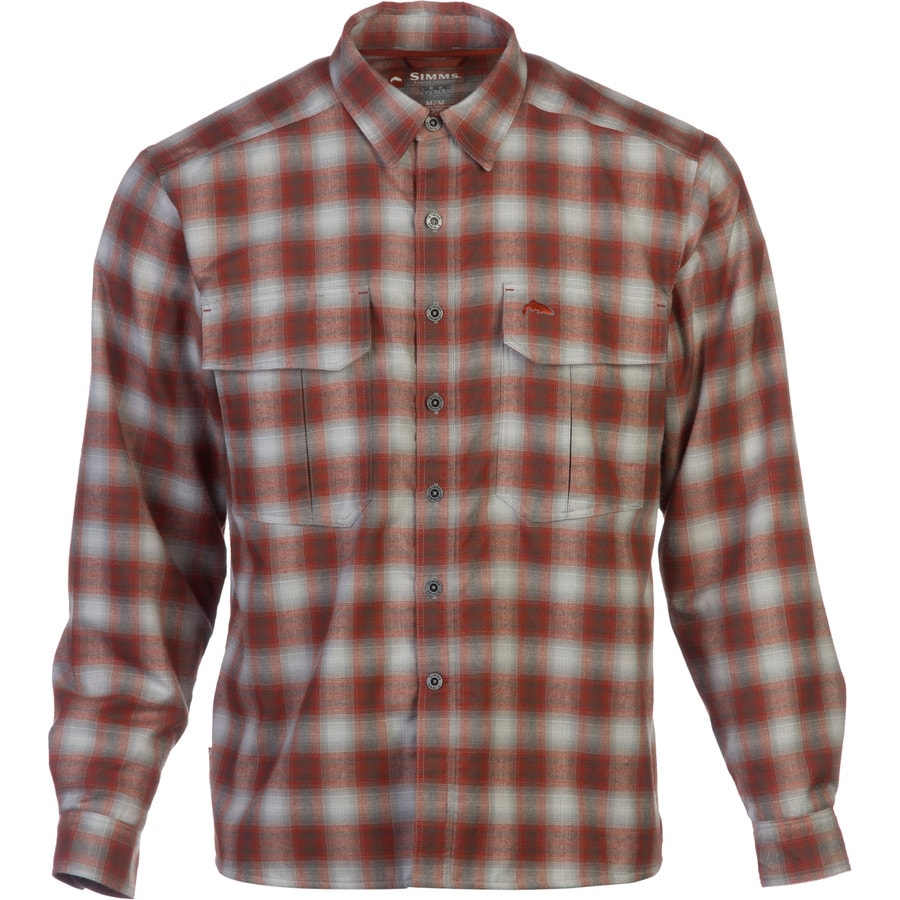Wet T-Shirt In Cold Weather: How To Stay Safe, Warm, And Healthy
Wearing a wet t-shirt in cold weather might seem like an insignificant issue, but it can have serious health implications. Whether you're caught in the rain, sweating during a workout, or simply dealing with unexpected moisture, understanding the risks and solutions is crucial for your well-being. In this article, we will delve into the dangers of wearing wet clothes in cold environments and provide actionable tips to stay safe and warm.
Being exposed to cold weather with damp clothing is more than just uncomfortable—it can lead to hypothermia, frostbite, and other health risks. This article will explore the science behind why wet t-shirts in cold weather are dangerous and offer practical advice to mitigate these risks.
Whether you're an outdoor enthusiast, a commuter, or someone who wants to stay informed about health and safety, this guide will provide valuable insights. Let's dive in and learn how to protect yourself from the dangers of wet clothing in cold environments.
Read also:Satc Wedding Dress A Timeless Icon Of Love And Style
Table of Contents
- Introduction to Wet T-Shirt in Cold Weather
- Biological Effects of Wet Clothing in Cold Weather
- Risks Associated with Wet T-Shirts in Cold Weather
- How to Prevent Wearing Wet T-Shirts in Cold Weather
- Why Materials Matter: Choosing the Right Fabrics
- Staying Dry: Practical Tips for Cold Weather
- Health Implications of Prolonged Exposure
- Expert Advice on Handling Wet Clothing
- Common Mistakes to Avoid
- Conclusion: Stay Warm, Stay Safe
- Subheading 1: Understanding Heat Loss
- Subheading 2: Importance of Layering
- Subheading 3: Emergency Preparedness
- Subheading 4: Hydration and Nutrition
- Subheading 5: Weather Awareness
- Subheading 6: Mental Health in Cold Weather
Introduction to Wet T-Shirt in Cold Weather
Wet t-shirts in cold weather may seem like a minor inconvenience, but they can pose significant risks to your health. When your body is exposed to cold temperatures, it works harder to maintain its core temperature. Wet clothing exacerbates this problem by increasing heat loss, making it harder for your body to stay warm.
Understanding the science behind heat transfer and the role of moisture in cold environments is essential. Moisture conducts heat away from the body up to 25 times faster than dry air, meaning that wet clothing can dramatically accelerate heat loss. This article will explore the dangers of wearing wet t-shirts in cold weather and provide practical solutions to stay safe.
Whether you're planning a winter hike, commuting to work, or simply dealing with unexpected rain, being prepared is key. By learning about the risks and taking preventive measures, you can avoid the negative effects of wet clothing in cold conditions.
Biological Effects of Wet Clothing in Cold Weather
When you wear a wet t-shirt in cold weather, your body undergoes several physiological changes. The primary concern is the increased rate of heat loss, which can lead to hypothermia if not addressed promptly. Here are some key biological effects:
- Increased Heat Loss: Moisture conducts heat away from the body much faster than dry air, leading to rapid cooling.
- Reduced Blood Flow: As your body tries to conserve heat, it redirects blood flow away from extremities, increasing the risk of frostbite.
- Lower Core Temperature: Prolonged exposure to cold with wet clothing can cause your core temperature to drop, potentially leading to hypothermia.
Understanding these effects is crucial for recognizing the signs of cold-related illnesses and taking appropriate action.
Understanding Heat Loss
Heat loss occurs through several mechanisms, including conduction, convection, radiation, and evaporation. When you wear a wet t-shirt, conduction becomes the dominant factor, as water conducts heat away from your skin. This process can quickly lower your body temperature, making it essential to remove wet clothing as soon as possible.
Read also:Golden Wedding Rings A Timeless Symbol Of Love And Commitment
Risks Associated with Wet T-Shirts in Cold Weather
The risks of wearing wet t-shirts in cold weather extend beyond discomfort. Here are some potential dangers:
- Hypothermia: A condition where your body loses heat faster than it can produce it, leading to dangerously low core temperature.
- Frostbite: Damage to skin and underlying tissues caused by freezing temperatures, often affecting extremities like fingers and toes.
- Immersion Foot: Also known as trench foot, this condition occurs when feet are wet and cold for extended periods, causing nerve and tissue damage.
These risks highlight the importance of staying dry and warm in cold environments.
Importance of Layering
Layering is a crucial strategy for staying warm in cold weather. By wearing multiple layers of clothing, you can trap heat and prevent moisture from reaching your skin. Here are some tips for effective layering:
- Wear a moisture-wicking base layer to draw sweat away from your skin.
- Add an insulating layer, such as fleece or wool, to retain heat.
- Top it off with a waterproof and windproof outer layer to protect against the elements.
How to Prevent Wearing Wet T-Shirts in Cold Weather
Prevention is key when it comes to avoiding the dangers of wet t-shirts in cold weather. Here are some practical steps you can take:
- Choose moisture-wicking fabrics for your base layer.
- Carry extra clothing, especially during outdoor activities.
- Use waterproof gear to protect against rain and snow.
By planning ahead and being prepared, you can minimize the risk of wearing wet clothing in cold conditions.
Emergency Preparedness
In case of unexpected moisture or cold exposure, having an emergency plan is essential. Here are some tips for staying safe:
- Keep a change of clothes in your car or backpack.
- Learn basic first aid for hypothermia and frostbite.
- Stay informed about weather conditions and plan accordingly.
Why Materials Matter: Choosing the Right Fabrics
The type of fabric you choose can significantly impact your comfort and safety in cold weather. Here are some options to consider:
- Wool: Known for its insulating properties, wool can keep you warm even when wet.
- Synthetic Fabrics: Materials like polyester and nylon are lightweight and quick-drying, making them ideal for moisture-wicking.
- Cotton: Avoid cotton in cold weather, as it retains moisture and loses insulation when wet.
Selecting the right materials can make a big difference in your ability to stay warm and dry.
Hydration and Nutrition
Staying hydrated and properly nourished is crucial for maintaining body temperature in cold weather. Here are some tips:
- Drink plenty of fluids, even if you don't feel thirsty.
- Consume high-energy foods to fuel your body's heat production.
- Avoid alcohol and caffeine, as they can increase dehydration.
Staying Dry: Practical Tips for Cold Weather
Staying dry is one of the most effective ways to prevent the dangers of wet t-shirts in cold weather. Here are some practical tips:
- Use waterproof gear to protect against rain and snow.
- Take breaks to dry off if you get wet during outdoor activities.
- Carry a portable heater or hand warmers for emergencies.
By staying dry, you can significantly reduce your risk of cold-related illnesses.
Weather Awareness
Being aware of weather conditions is essential for planning outdoor activities. Here are some tips:
- Check the forecast before heading out.
- Be prepared for sudden changes in weather.
- Know the signs of hypothermia and frostbite.
Health Implications of Prolonged Exposure
Prolonged exposure to cold weather with wet clothing can have serious health implications. Here are some potential effects:
- Hypothermia: A life-threatening condition that requires immediate medical attention.
- Frostbite: Permanent damage to skin and tissues, often requiring surgical intervention.
- Immune System Suppression: Cold exposure can weaken your immune system, making you more susceptible to illness.
Understanding these risks can help you take preventive measures to protect your health.
Mental Health in Cold Weather
Cold weather and wet clothing can also affect your mental health. Here are some considerations:
- Stay positive and focused during outdoor activities.
- Take breaks to rest and recharge.
- Seek support if you experience anxiety or stress related to cold exposure.
Expert Advice on Handling Wet Clothing
Experts recommend several strategies for dealing with wet clothing in cold weather. Here are some tips:
- Remove wet clothing as soon as possible and replace it with dry garments.
- Use a hairdryer or portable heater to dry off in emergencies.
- Seek shelter if you're unable to change into dry clothes immediately.
By following expert advice, you can minimize the risks associated with wet t-shirts in cold weather.
Common Mistakes to Avoid
Here are some common mistakes people make when dealing with wet clothing in cold weather:
- Ignoring the signs of hypothermia or frostbite.
- Wearing cotton in cold, damp conditions.
- Not carrying extra clothing or emergency gear.
Avoiding these mistakes can help you stay safe and comfortable in cold environments.
Conclusion: Stay Warm, Stay Safe
Wearing a wet t-shirt in cold weather can have serious health implications, but with proper knowledge and preparation, you can mitigate these risks. By understanding the biological effects of wet clothing, choosing the right materials, and following expert advice, you can stay warm and safe in cold conditions.
We encourage you to share this article with friends and family to help them stay informed about the dangers of wet t-shirts in cold weather. Don't forget to leave a comment below if you have any questions or additional tips. Together, we can promote safety and well-being in cold environments.


